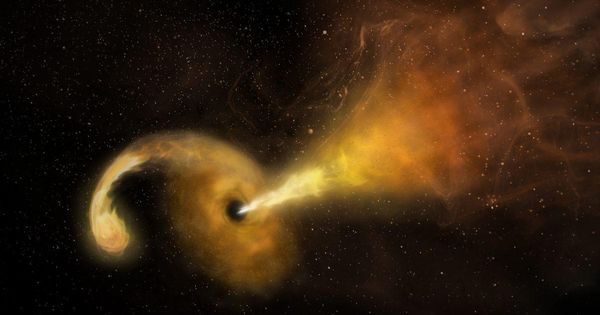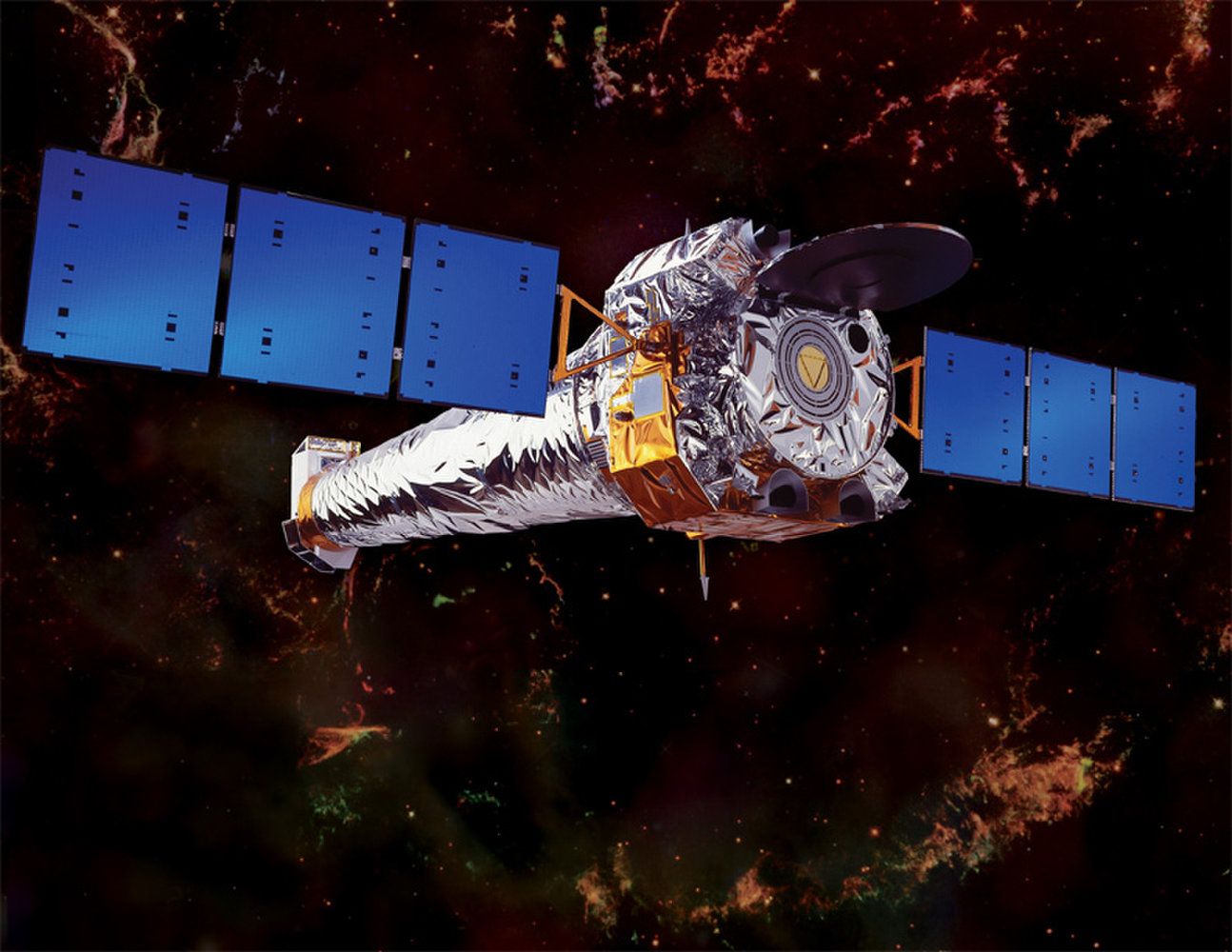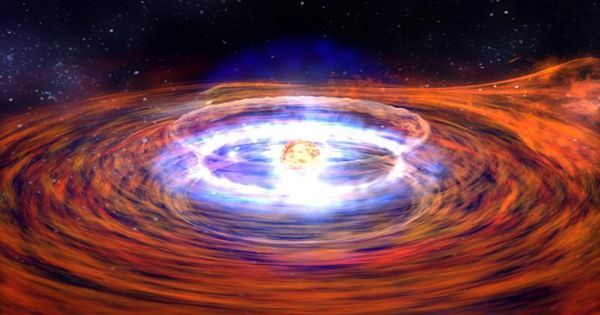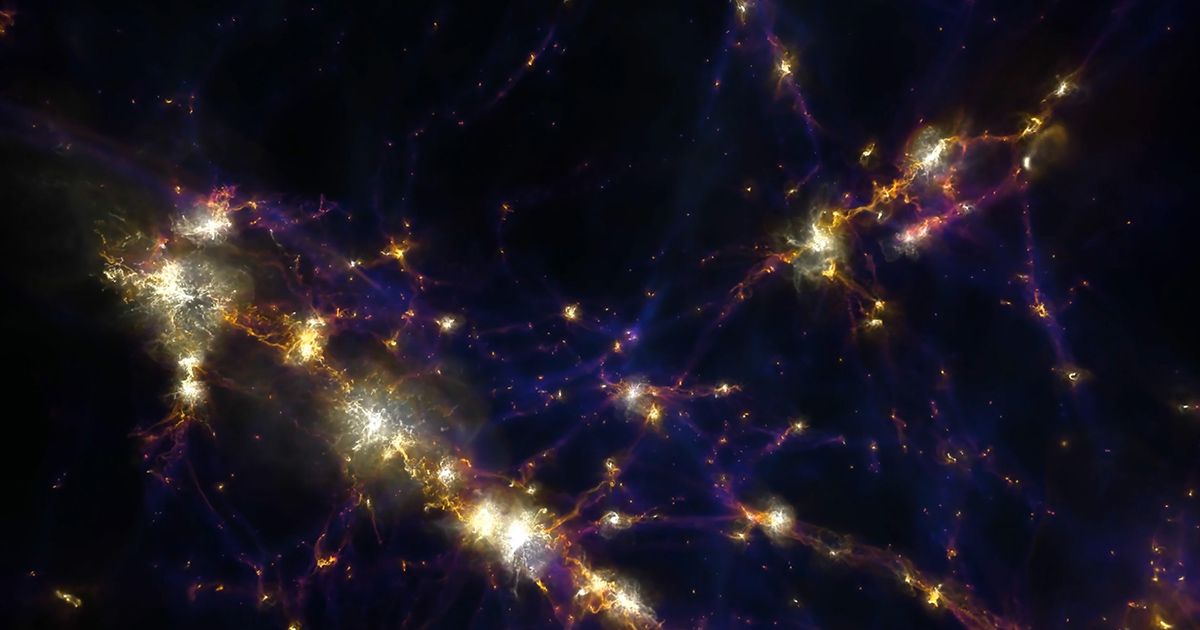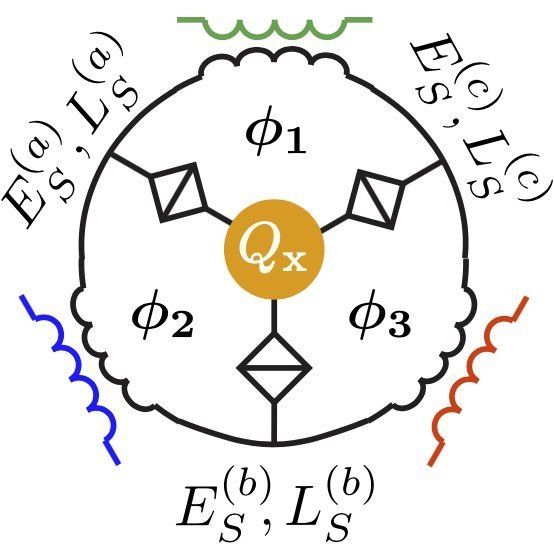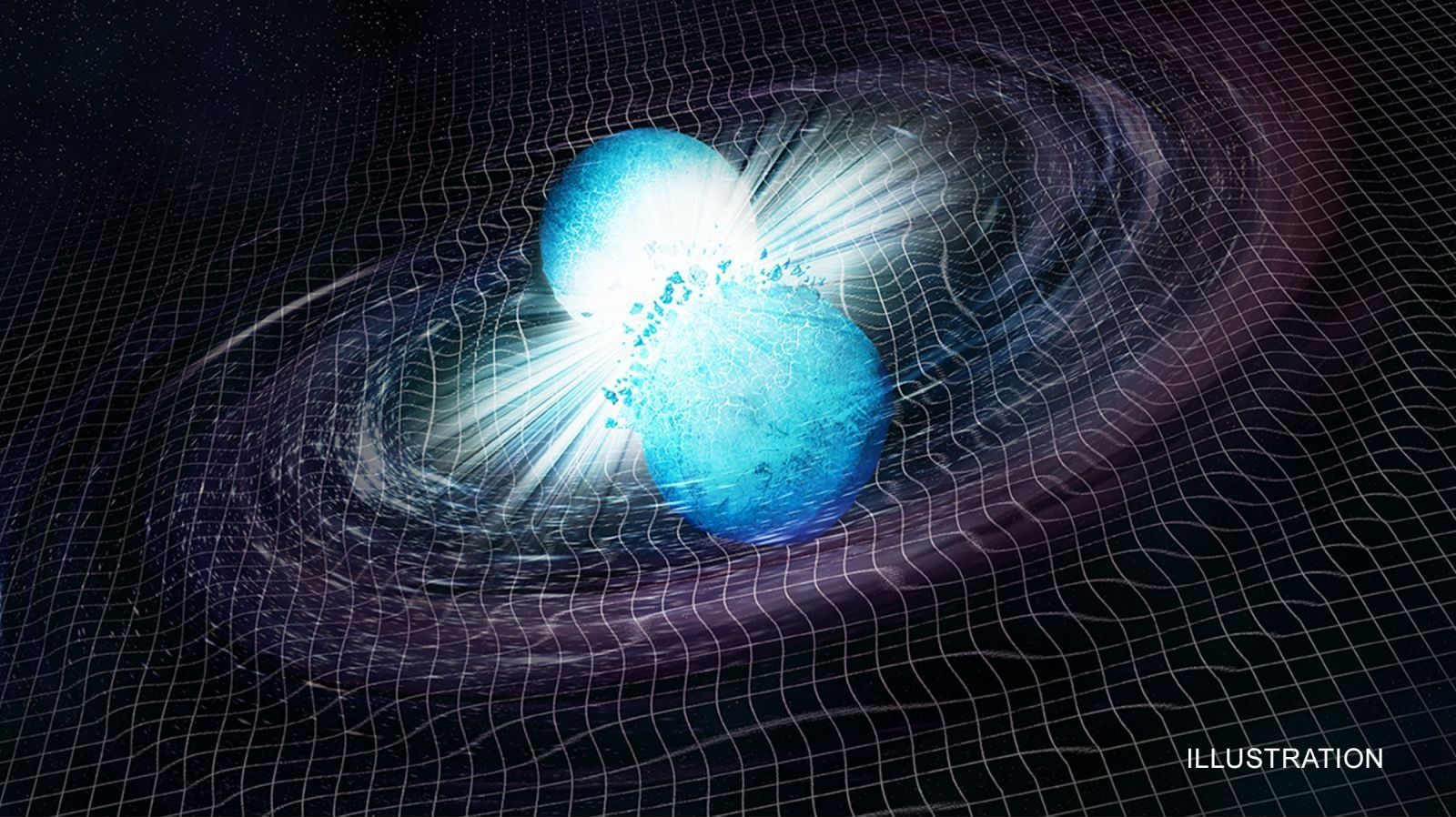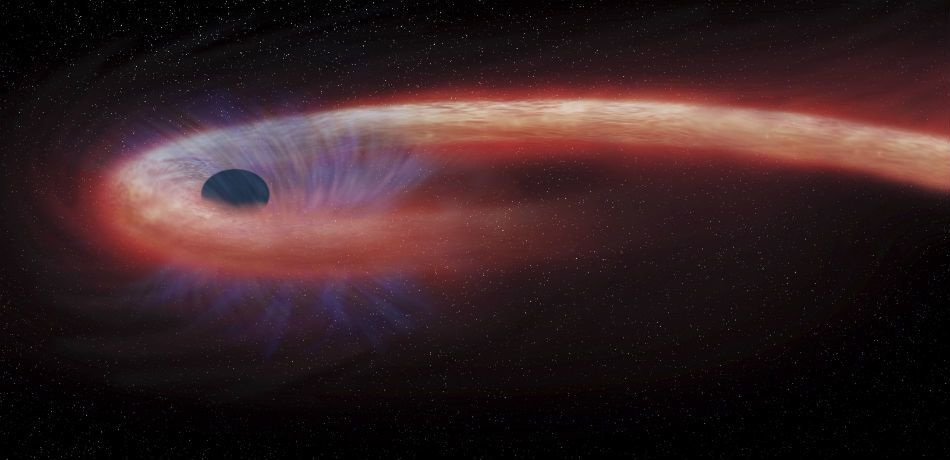The typical contemporary view assumes that there is going to be some deep tension between faith and science. From our perspective that’s an illusion.
Washington D.C., Jun 10, 2018 / 05:00 am (CNA).- A Thomistic philosopher, an evolutionary biologist, and a Harvard astronomy professor walk into a bar. Well, not a bar.
But they did walk into a Washington, D.C. symposium this week, at which graduate students, professors, religious sisters, and other curious Catholics discussed highly technical scientific questions over bourbon and pecan pie, late into the night.
The three-day conference, co-sponsored by the Thomistic Institute and the Society of Catholic Scientists, brought together nearly 70 professors and graduate students from Princeton, Harvard, Yale, MIT, the University of Chicago, and other universities across the country to examine the intersection of faith and science.
Read more
